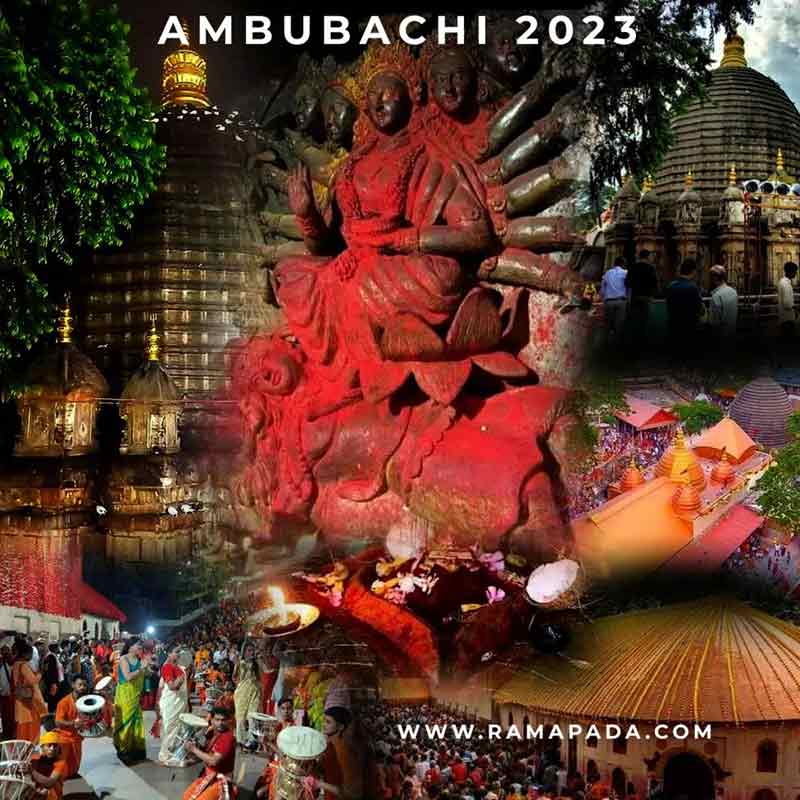According to the Best Tantrik in India, our traditional Maha Ambubachi Mela perpetuates the connection of the human mind with spiritual thought and consciousness. The Ambubachi Mela, celebrated at Shaktipetha Maa Kamakhya Temple, will promote and bless national unity among the people of the state. I hope this hope brings happiness, peace, and well-being to everyone’s life.
“Om Kamakhye Barade Devi Nilparvat Vasini,
Twang Devi Jagatang Mat: Yonimudra Namastute.”
The Ambubachi festival 2025 marks the closure of the shrine’s temple doors for visitors from the seventh to the tenth day of the Hindu month of “Asadha.” During this time, devotees believe Goddess Kamakhya undergoes her yearly menstrual cycle.
According to the Best Tantrik in India, “Ambubachi” literally translates to “spoken with water,” and it also suggests that the soil is fertile and prepared for reproduction because of the rains this month. During this time, there is no daily worship. This regulation prohibits all agricultural activities, including digging, plowing, planting, and transplanting crops. During these days, widows, Brahmacharis, and Brahmins refrain from eating cooked food. On the fourth day, after Ambubachi concludes, devotees wash, clean, and purify household objects, utensils, and clothing by sprinkling them with holy water. This marks an auspicious time to enter the shrine.
In earlier years, such as Jun 2023, the same spiritual traditions were followed with deep faith and cultural devotion, symbolizing the eternal rhythm of divinity and fertility celebrated at Kamakhya.
Conclusion
The Ambubachi Mela 2025 date marks the annual observance of the temple in Guwahati, Assam, honoring the annual menstrual cycle of Goddess Kamakhya. Traditional astrological calculations determine the festival’s date timing, aligning it with the monsoon season.
During these sacred days, priests close the temple, believing that the goddess undergoes her divine cycle. After three days, the temple reopens, welcoming devotees who seek blessings and spiritual renewal. The festival integrates agricultural, social, and religious beliefs, shaping its deep symbolic and ritualistic significance.
Ramapada Acharjee’s Assam – Guwahati, Kamakhya Chamber:
5P83+FX7, Kamakhya, Guwahati, Assam 781010
For Booking (Phone / WhatsApp): +91 9874954063
Email : [email protected]
Click Here : Ashram in Kamakhya Guwahati

